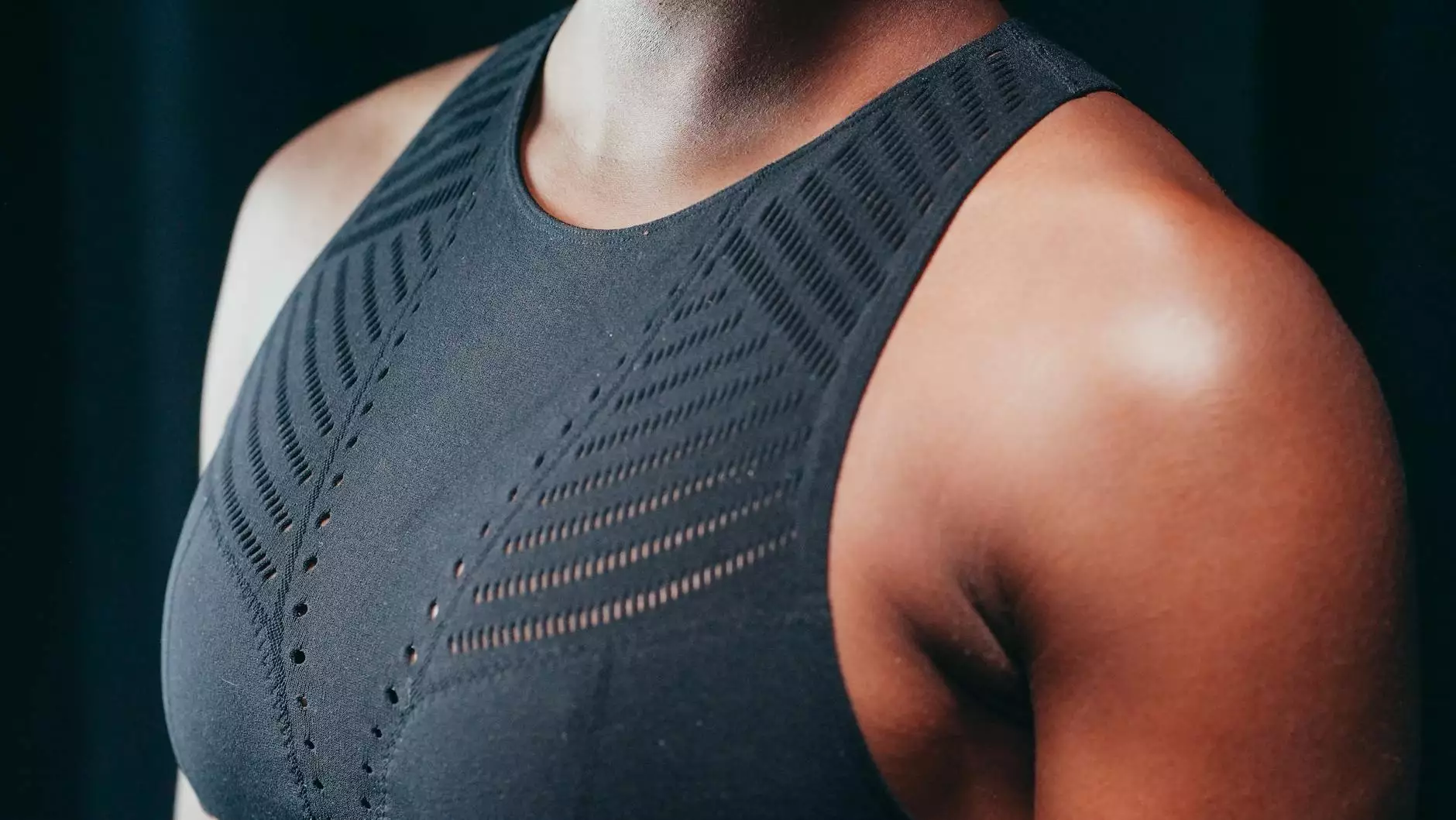Effective Shoulder External Rotation Pain Treatment: A Comprehensive Guide

Shoulder external rotation pain is a common complaint among individuals ranging from athletes to desk workers. This discomfort can significantly impair daily activities, reduce mobility, and diminish quality of life. Whether due to injury, overuse, or underlying medical conditions, addressing this pain promptly and effectively is crucial. This detailed guide explores the various aspects of shoulder external rotation pain treatment, providing insights into diagnosis, innovative therapies, and long-term management strategies to restore optimal shoulder function.
Understanding Shoulder External Rotation Pain: Causes and Symptoms
The shoulder joint is a complex and highly mobile ball-and-socket joint that allows a wide range of motion, including external rotation. Pain during external rotation often signals underlying issues such as muscle strain, ligament injury, rotator cuff tears, or impingement syndrome. Precise understanding of these causes enables targeted and effective shoulder external rotation pain treatment.
Common Causes of Shoulder External Rotation Pain
- Rotator Cuff Injuries: Tears or tendinitis of rotator cuff muscles, especially the infraspinatus and teres minor, can cause pain during external rotation.
- Impingement Syndrome: When tendons are compressed during arm elevation, leading to pain during rotation movements.
- Shoulder Labrum Tears: Damage to the cartilage that stabilizes the shoulder joint may cause pain and instability.
- Muscle Strains: Overuse or sudden movements can overstretch or tear shoulder muscles involved in external rotation.
- Arthritis: Degenerative changes in the shoulder joint may contribute to persistent pain and stiffness.
- Nerve Compression or Injury: Nerve impingement can also mimic or contribute to external rotation pain.
Diagnosing Shoulder External Rotation Pain: Essential Steps for Effective Treatment
Accurate diagnosis is the foundation of effective shoulder external rotation pain treatment. Medical professionals typically perform a comprehensive assessment that includes:
- Medical History Review: Understanding the onset, duration, and aggravating factors.
- Physical Examination: Assessing range of motion, strength, and pain points through specific tests like the external rotation lag sign, drop arm test, and impingement tests.
- Imaging Studies: MRI or ultrasound imaging offers detailed visualization of soft tissues such as tendons, muscles, and cartilage, facilitating precise diagnosis.
Post-diagnosis, a tailored pain management plan is crafted, selecting the most appropriate therapies based on the severity and cause of the condition.
Comprehensive Strategies for Shoulder External Rotation Pain Treatment
Treatment options for shoulder external rotation pain range from conservative approaches to advanced surgical interventions. The primary goal is to reduce pain, restore mobility, and prevent future injuries.
Non-Surgical Treatment Modalities
For most cases, conservative management provides significant relief and recovery. These include:
- Rest and Activity Modification: Avoiding activities that exacerbate pain allows inflammation to subside.
- Ice and Heat Therapy: Applying ice chills inflammation, while heat promotes blood flow and muscle relaxation.
- Physical Therapy: Customized exercises strengthen shoulder stabilizers such as rotator cuff muscles and improve flexibility. Focused techniques include:
- Range of motion exercises to maintain joint mobility.
- Strengthening exercises targeting external rotators like infraspinatus and teres minor.
- Stretching routines to alleviate tightness in shoulder muscles.
- Medications: Nonsteroidal anti-inflammatory drugs (NSAIDs), corticosteroid injections, or pain relievers help control inflammation and discomfort.
- Innovative Therapies: Emerging modalities like platelet-rich plasma (PRP) injections, which promote tissue healing, show promising results in certain cases.
Surgical Interventions for Severe Cases
When conservative methods fail, or if structural damage like rotator cuff tears or labrum injuries is detected, surgical options become necessary:
- Arthroscopic Surgery: Minimally invasive procedures to repair damaged tendons, remove impingement tissue, or correct labral tears.
- Open Surgery: More extensive procedures for complex injuries, involving repair or reconstruction of shoulder structures.
- Post-Surgical Rehabilitation: Critical for restoring function, involving gradual physical therapy and activity resumption plans.
Long-Term Management and Preventive Strategies
Achieving complete recovery from shoulder external rotation pain necessitates ongoing maintenance and preventive measures:
- Regular Strengthening Exercises: Maintaining a balanced shoulder musculature reduces the risk of future injuries.
- Ergonomic Adjustments: Modifying workstations and daily habits to reduce shoulder strain.
- Proper Warm-up and Stretching: Essential before physical activity to prepare muscles and prevent strains.
- Monitoring and Early Intervention: Recognizing subtle signs of discomfort to address issues promptly.
The Role of Specialized Clinics in Shoulder Pain Management
Facilities like iaom-us.com specialize in multidisciplinary approaches to pain treatment, incorporating expertise from healthcare providers, chiropractors, and physical therapists. These clinics leverage cutting-edge technology and evidence-based methods to deliver personalized care for shoulder issues, including shoulder external rotation pain.
Innovations in Shoulder Pain Treatment and Future Outlook
The landscape of shoulder external rotation pain treatment continues to evolve rapidly, with breakthroughs like regenerative medicine techniques, advanced imaging, and biomechanical assessments enhancing diagnosis and therapy. Emphasizing holistic approaches and patient education improves long-term outcomes.
Why Timely and Personalized Care Matters
Delays in treatment can lead to chronic pain, decreased mobility, and irreversible damage. A personalized plan tailored to the patient's specific condition, lifestyle, and goals maximizes recovery chances and minimizes recurrence.
Conclusion: Restoring Shoulder Function and Quality of Life
Addressing shoulder external rotation pain requires a comprehensive understanding of its causes and a strategic approach combining conservative and surgical methods when necessary. Advances in medical technology, physical therapy, and regenerative treatments offer new hope for affected individuals. With professional guidance, tailored rehabilitation, and commitment to long-term health practices, patients can regain full shoulder functionality, alleviate pain, and enjoy active, pain-free living.








